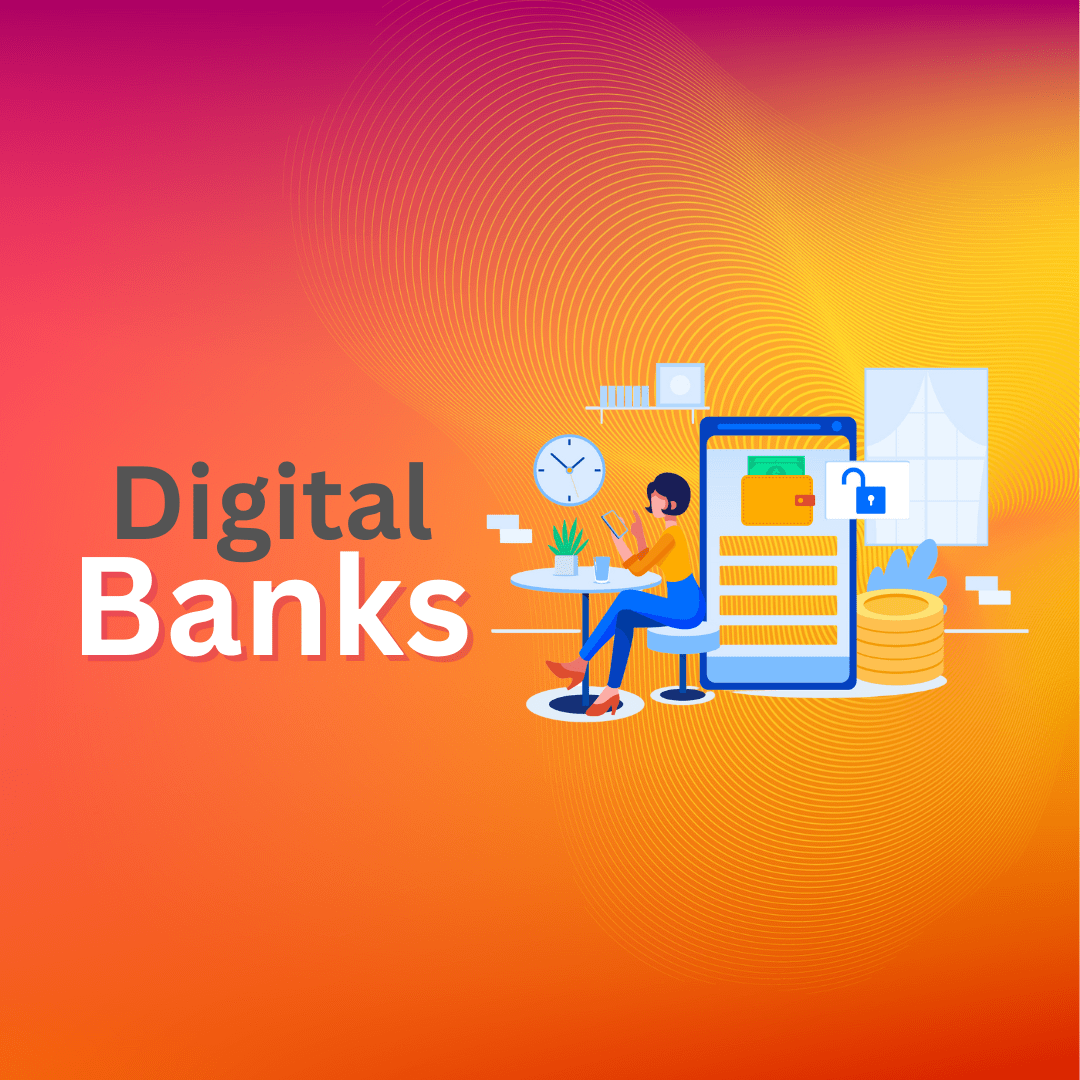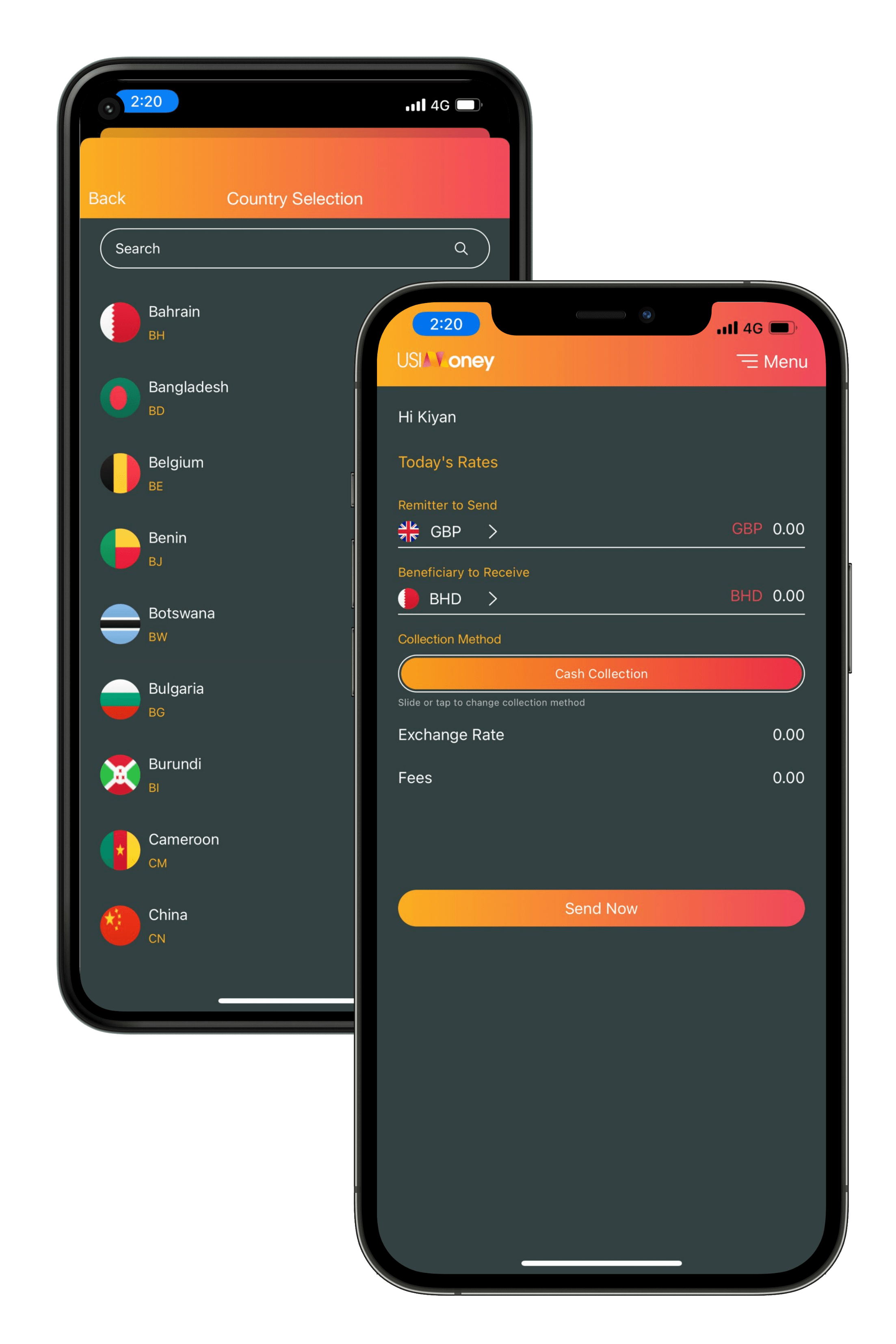
The rise of digital banks marks a significant shift in the financial services industry, reshaping how consumers and businesses manage their finances. Digital banks, also known as neobanks or online-only banks, leverage cutting-edge technology to provide banking services through mobile apps and online platforms, eliminating the need for physical branches. This blog explores the emergence of digital banks, their impact on the traditional banking sector, and the benefits they offer to consumers.
The Rise of Digital Banks
Digital banks emerged in response to the growing demand for more convenient, accessible, and user-friendly banking services. Unlike traditional banks, which operate through brick-and-mortar branches, digital banks operate entirely online. This online-only model allows digital banks to reduce overhead costs, which can translate into lower fees and better interest rates for customers. Pioneering digital banks such as Revolut, N26, and Chime have rapidly gained popularity, particularly among tech-savvy consumers and younger generations who prefer managing their finances via smartphones and laptops.
The proliferation of digital banking has been fueled by advancements in fintech and a shift in consumer behavior. With the widespread adoption of smartphones and increased internet connectivity, more people are comfortable conducting financial transactions online. Additionally, the COVID-19 pandemic accelerated the transition to digital banking as consumers sought contactless and remote banking solutions.
Impact on the Traditional Banking Sector
The rise of digital banks presents both challenges and opportunities for traditional banks. On one hand, digital banks’ streamlined operations and innovative services pose a competitive threat, forcing traditional banks to rethink their business models and invest in digital transformation. Many traditional banks are now adopting digital strategies, enhancing their online banking platforms, and developing mobile apps to retain and attract customers.
On the other hand, digital banks have also spurred collaboration within the industry. Some traditional banks are partnering with fintech companies to integrate advanced technologies into their services, while others are launching their own digital-only subsidiaries to compete directly with neobanks. This convergence of traditional and digital banking aims to offer customers a hybrid experience that combines the best of both worlds.
Benefits for Consumers
Digital banks offer several advantages that cater to the needs of modern consumers. These benefits include:
1. Convenience: Digital banks provide 24/7 access to banking services, allowing customers to manage their accounts, transfer money, and pay bills from anywhere at any time.
2. Lower Costs: Without the expenses associated with maintaining physical branches, digital banks often offer lower fees and higher interest rates on savings accounts and other financial products.
3. Enhanced User Experience:Digital banks prioritise user experience, offering intuitive mobile apps and online platforms with features such as instant notifications, budgeting tools, and personalised financial insights.
4. Speed and Efficiency: Opening an account with a digital bank is typically faster and more straightforward than with a traditional bank. Many digital banks also offer instant card issuance and quicker transaction processing times.
5. Innovative Services: Digital banks often provide innovative services, such as cryptocurrency trading, peer-to-peer payments, and international money transfers with competitive exchange rates.
Conclusion
The emergence of digital banks is transforming the financial landscape, offering consumers more convenient, cost-effective, and innovative banking solutions. As digital banks continue to grow in popularity, traditional banks must adapt to stay competitive, leading to a more dynamic and customer-centric banking industry. For consumers, the rise of digital banks represents an exciting opportunity to access a new era of financial services tailored to the demands of the digital age.
